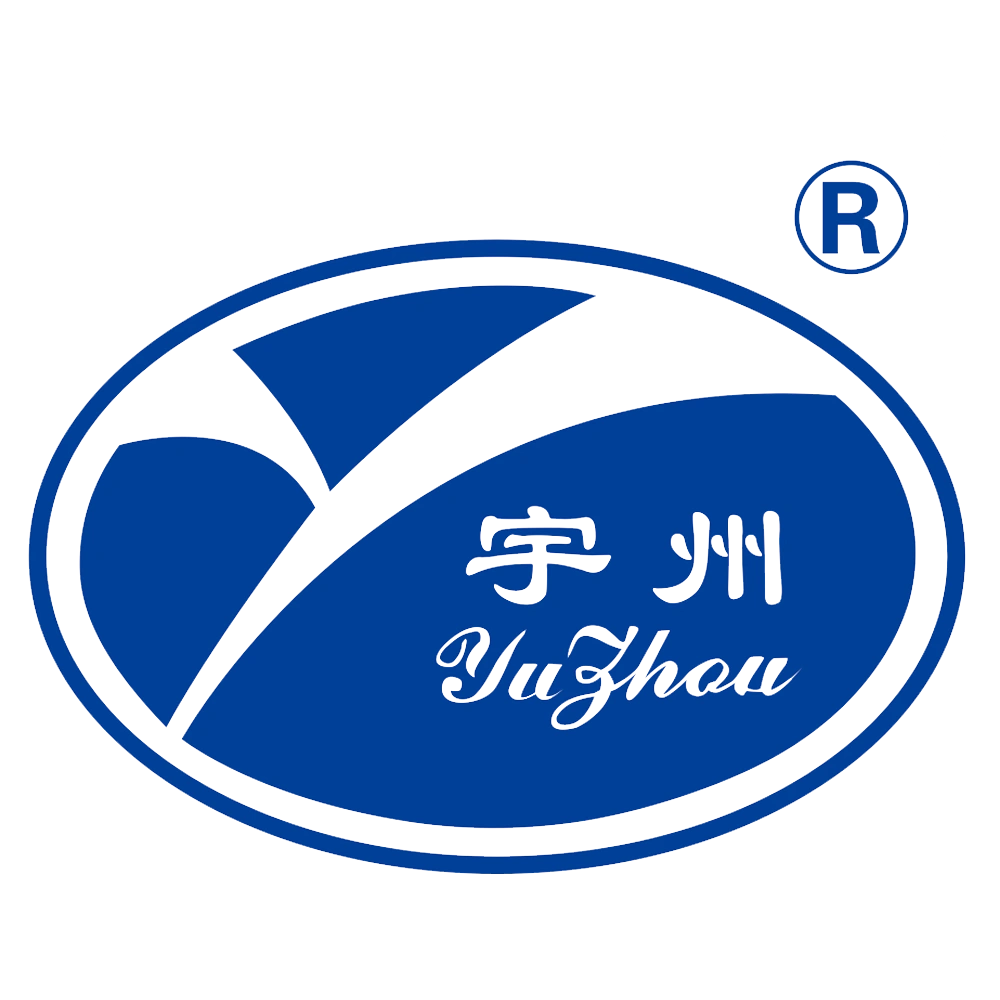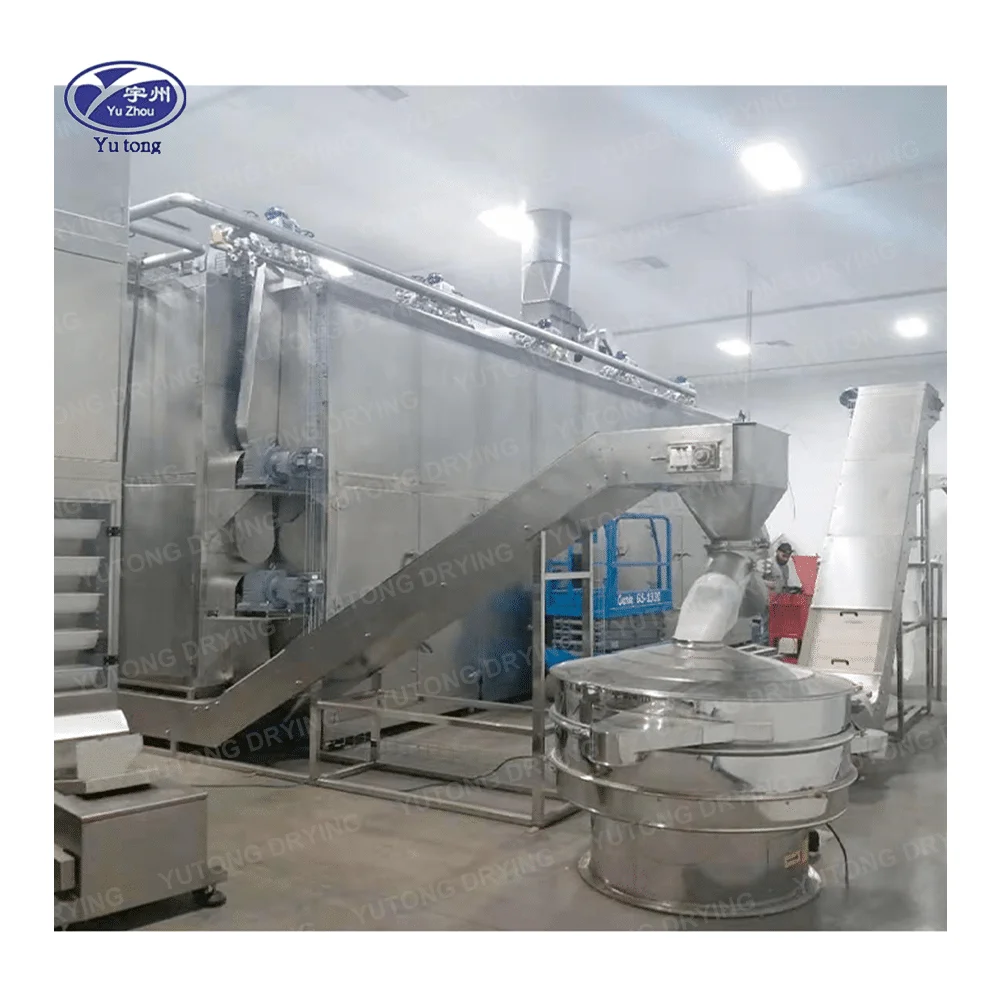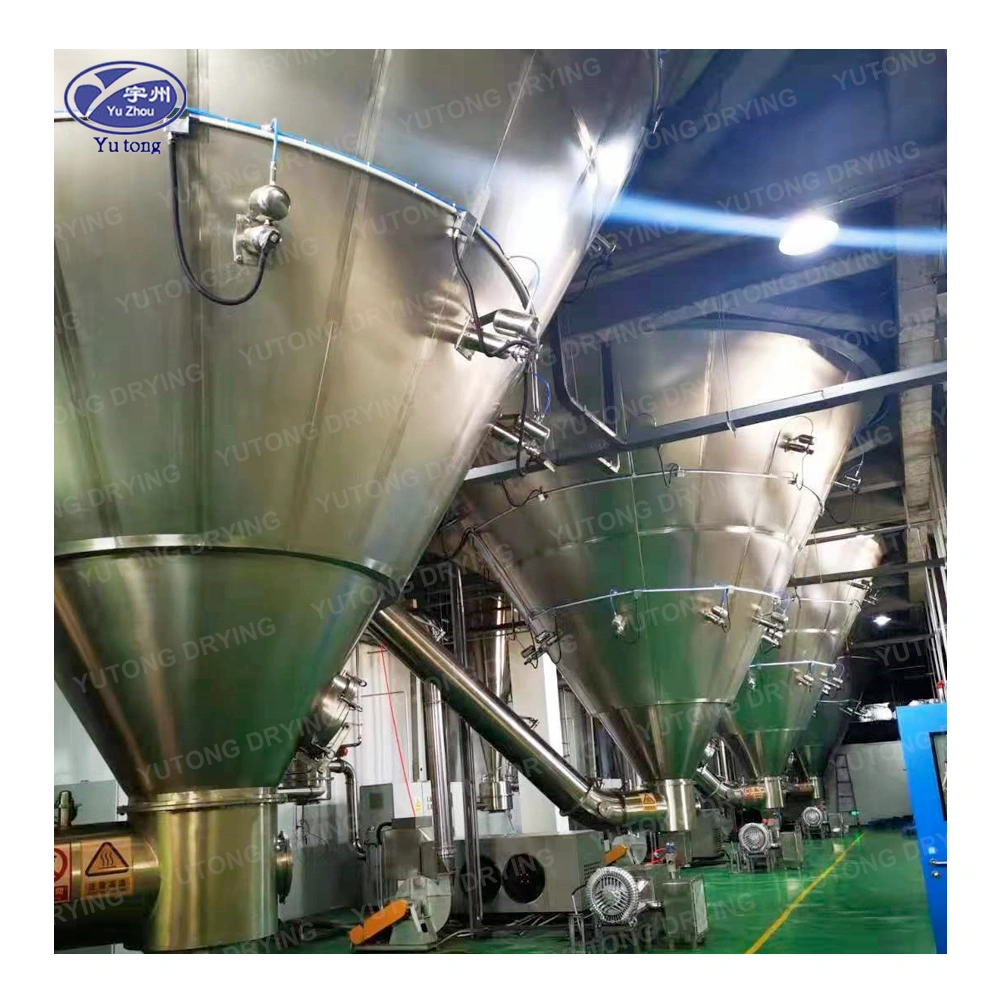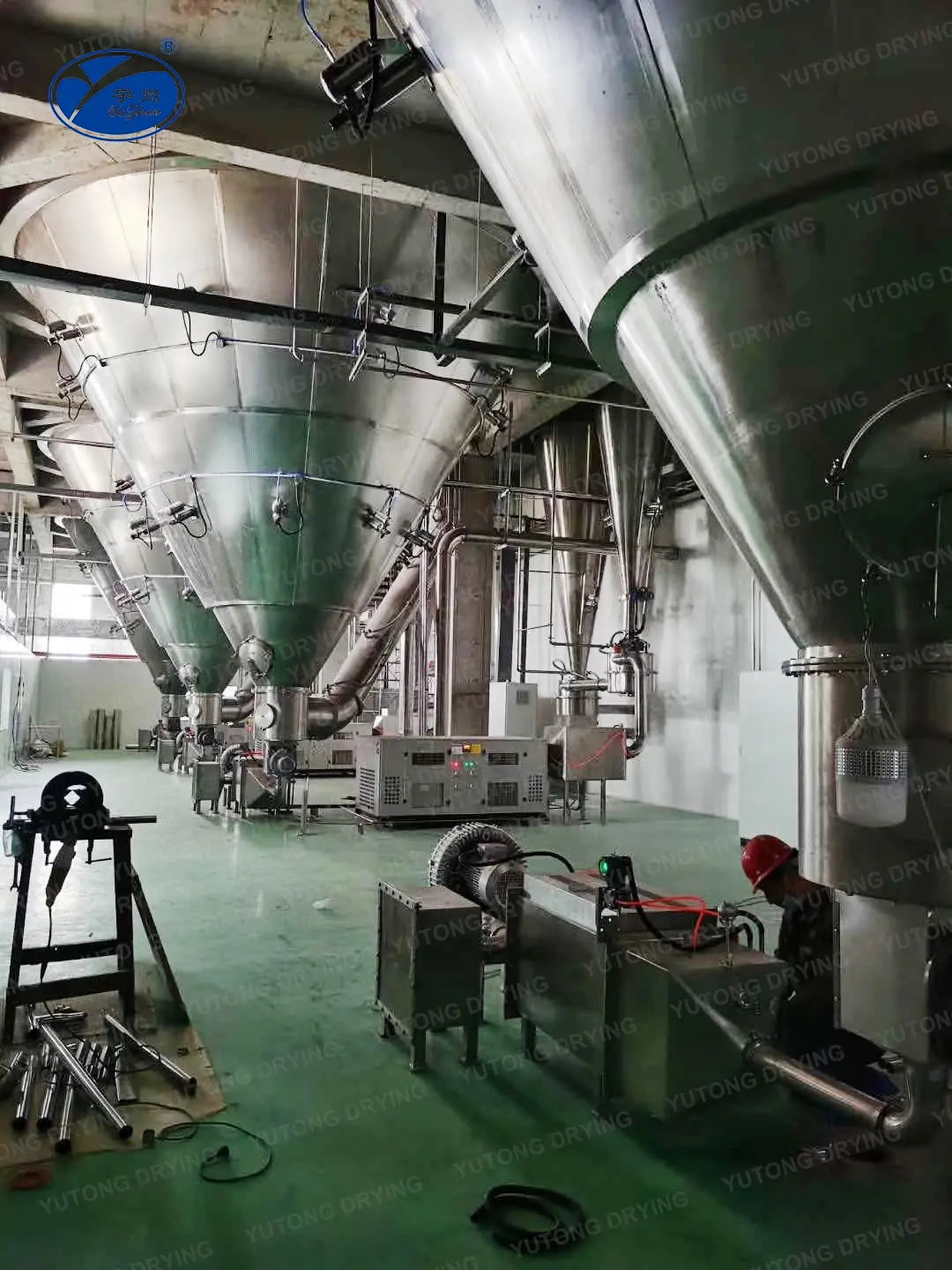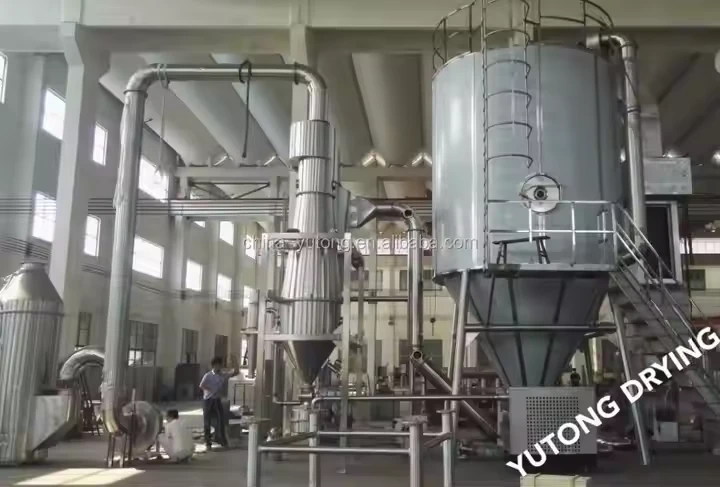Project Overview
Based on improvements to traditional mesh belt drying technology, this equipment is a highly specialized, practical, and energy-efficient solution for drying vegetables and fruits. It is extensively used across different regions and seasons to dehydrate a variety of products such as garlic, pumpkin, konjac, white radish, yam, and bamboo shoots. Now in its third generation, the DWT series vegetable dryer reflects decades of industry experience, integrating user-specific drying requirements and product characteristics to deliver optimal performance and quality for commercial vegetable drying.
Product Description
Vegetables, including various edible plants and fungi, are a fundamental part of the human diet. They supply essential vitamins, minerals, and micronutrients. According to FAO statistics from 1990, vegetables contribute about 90% of dietary vitamin C and 60% of vitamin A. In addition to their nutritional value, vegetables are rich in phytochemicals—bioactive compounds known for their disease-preventing and health-enhancing properties. These nutrients help combat chronic and degenerative illnesses, making vegetables indispensable in modern health-conscious food systems.
Technical Principles
The dehydrated vegetable belt dryer is composed of key components such as a feeding system, drying beds, heating units, humidity control mechanisms, and exhaust fans.
During operation, ambient air is first heated via a heat exchanger and then circulated through the drying chamber in a controlled loop. The hot air evenly passes over the materials spread on the conveyor bed, achieving efficient heat and mass transfer. Moisture is rapidly evaporated, and the resulting humid air is continuously expelled, completing the drying process in a smooth, stable, and energy-efficient manner.
Key Features
-
Adjustable Parameters: Drying zone dimensions, airflow volume and direction, temperature, and belt speed can be precisely controlled to match specific product needs.
-
Tailored Processes: Drying procedures and supporting equipment can be customized based on the unique properties of different vegetable materials.
-
Continuous High-Capacity Output: Ideal for large-scale drying of vegetables in various forms—slices, strips, chunks, granules, and leafy pieces—this system ensures consistent quality, nutrient retention, and color preservation.
Commonly Dried Materials Include:
Garlic, chili, pumpkin, carrots, konjac, yams, bamboo shoots, horseradish, onions, apples, and other root, stem, and fruit-based plant materials.
